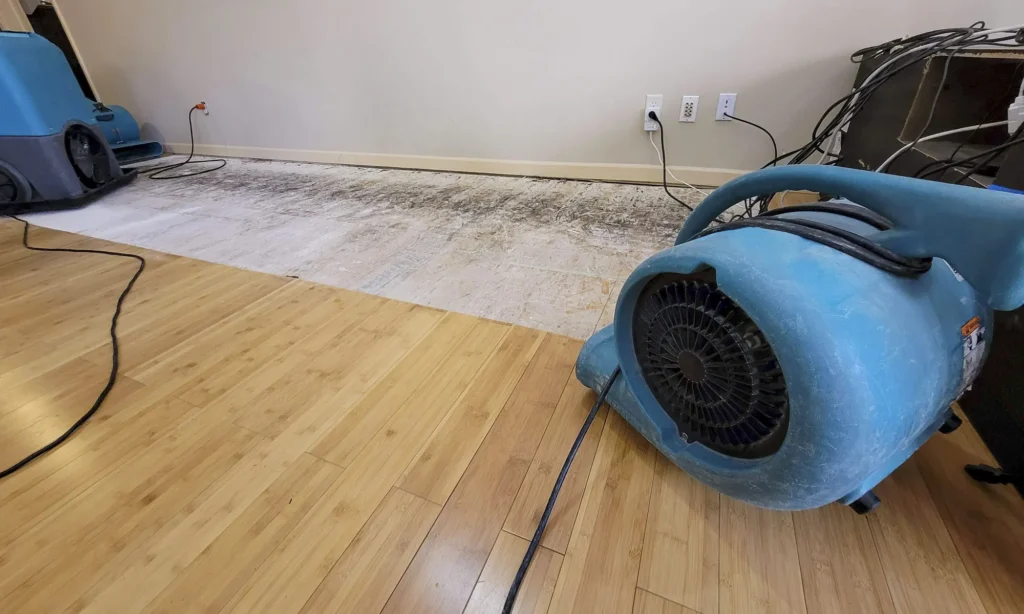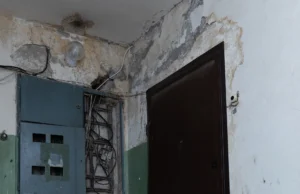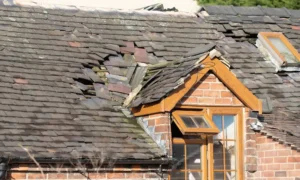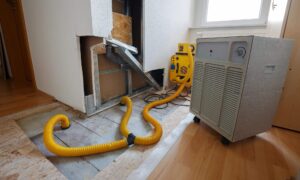Water damage can happen without warning, leaving homeowners with big challenges. Almost 1 in 50 homes in the U.S. face water damage claims yearly. The average cost is over $10,000.
Drying walls after water damage is key to avoid more harm and mold. How long it takes to dry walls depends on the damage’s extent and drying methods used.
Knowing these factors helps Washington homeowners act fast. This can reduce the risk of more problems.
Key Takeaways
- The extent of water damage significantly affects drying time in Washington.
- Effective drying techniques can expedite the restoration process.
- Prompt action is critical to stop mold growth and more damage.
- Environmental conditions, like temperature and humidity, impact drying.
- For severe damage, a professional assessment might be needed.
Understanding Water Damage to Walls in WA
It’s important to know why and how water damages walls. This knowledge helps figure out the best way to dry them. Water damage can happen from flooding, leaks, or burst pipes. Each cause affects the drying process differently.
Water damage is divided into three main categories. These categories are based on how clean or dirty the water is. Category 1 is clean water, like from a burst pipe. Category 2 is grey water, which might have some dirt, like from a washing machine. Category 3 is the worst, with black water full of harmful stuff, often from sewage or outside flooding.
Categories of Water Damage and Drying Process in Washington
The type of water damage affects how you dry walls. For example, Category 1 damage might need simple drying steps. But Category 3 damage is more serious and needs quick, detailed action to avoid health risks and damage.
- Category 1: Clean water damage – typically requires standard drying procedures.
- Category 2: Grey water damage – necessitates more thorough drying and possible disinfection.
- Category 3: Black water damage – requires immediate, professional restoration and thorough disinfection to ensure safety.
The time it takes to fix water damage varies a lot. It depends on the damage’s type and how bad it is. Knowing this helps homeowners and restoration experts plan the best way to dry walls and fix properties.
How Long to Dry Out Walls After Water Damage in Washington?
The time it takes to dry walls after water damage depends on a few important factors. These include the type of wall and how much damage there is.
Different walls dry at different rates. For example, drywall dries faster than plaster because it’s more porous.
The amount of damage also affects drying time. Walls with small damage dry quickly. But walls with big damage take longer.
Best Practices for Drying Water Damaged Walls
To dry water-damaged walls well, follow some key steps.
- Use dehumidifiers to cut down on air moisture.
- Use fans to help air move and speed up drying.
- Check drying progress with moisture meters.
- Make sure there’s good air flow by opening windows or using fans.
It’s also important to remove damaged parts. This stops more damage and helps dry the area better.
Best Practices for Drying Water Damaged Walls
To fix water damage, it’s key to use the best methods for drying walls. Good drying helps fix the damage and stops mold from growing.
Using Dehumidifiers and Fans
Dehumidifiers and fans are top choices for drying water-damaged walls. Dehumidifiers pull out extra moisture from the air, speeding up drying.
Fans help by moving air, which helps moisture evaporate from walls. By placing fans to blow air around the wet area, drying time drops a lot.
Here are some tips for using dehumidifiers and fans well:
- Put dehumidifiers in the room’s center for best results.
- Set fans to make a cross breeze for faster wall drying.
- Keep an eye on humidity and tweak dehumidifier settings as needed.
- Make sure fans aren’t blowing straight onto wet walls to avoid spreading moisture.
Using dehumidifiers and fans together helps dry water-damaged walls quickly. This method not only fixes the Washington property but also keeps health risks from damp places at bay.
Conclusion
Drying walls after water damage is urgent and needs the right methods to avoid more harm. The time it takes to dry walls varies based on the damage, wall type, and drying methods.
Knowing why water damage happens and how to dry it out helps Washington homeowners avoid expensive fixes. Using fans and dehumidifiers can cut down drying time a lot.
It’s key to act fast when water damage hits. Wet walls for too long can lead to mold and structural issues. Following the tips in this article helps figure out how long to dry walls and how to fix them.
Recover with Assurance — Northwest Restoration of Washington
Whether it’s water, fire, mold, or storm damage, Northwest Restoration delivers fast, professional cleanup and restoration services you can trust. Available 24/7—contact us today!








